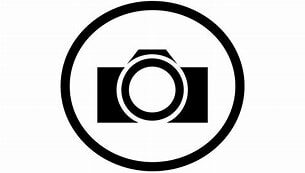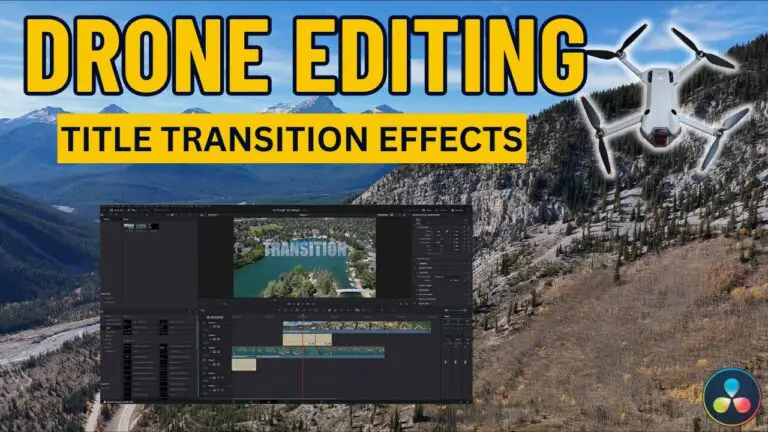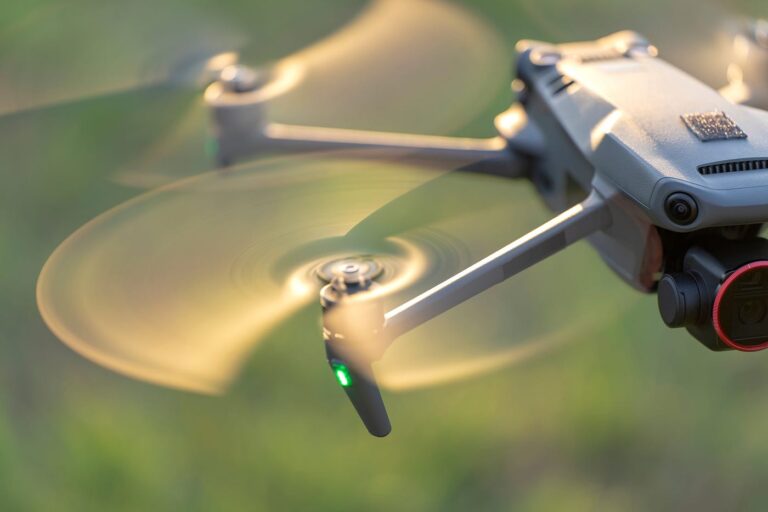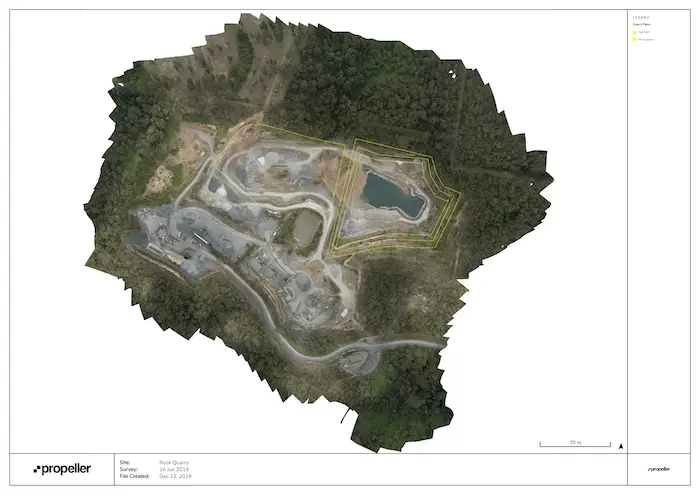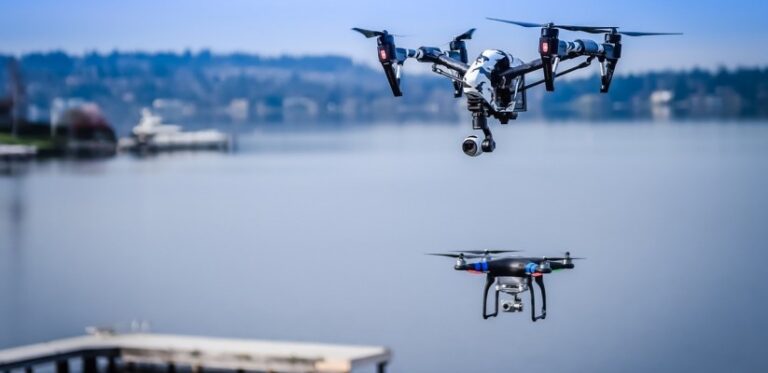Safety First: Essential Pre-flight Checks for Your Drone Camera
Drone photography has revolutionized the world of aerial imaging, making it accessible to enthusiasts and professionals alike. However, the freedom and creative potential drones offer come with a serious responsibility—to operate them safely. Essential to this is a pre-flight checklist. These checks go beyond the condition of your drone; they ensure that you are prepared to manage any situation that may arise during flight, protect your equipment, and respect regulations. Whether you’re a new drone owner or a seasoned pilot, the importance of these checks cannot be overstated. With that in mind, here’s a comprehensive guide to the checklist that every drone photographer should follow before taking to the skies.
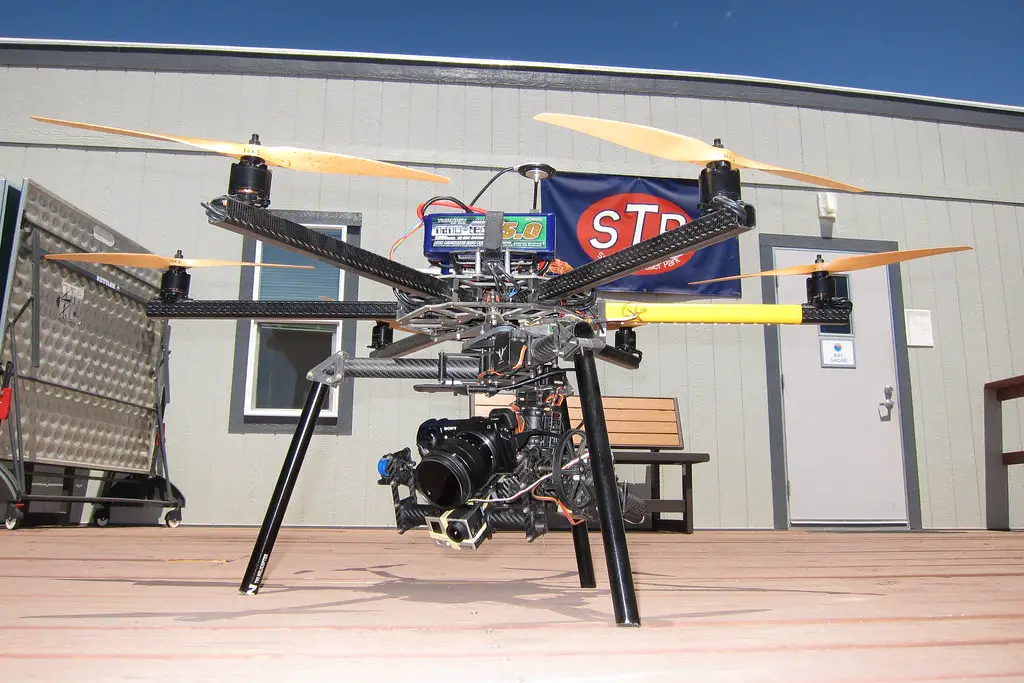
Why Pre-flight Checks Are Non-negotiable
No matter how eager you are to capture that stunning aerial shot, skipping pre-flight checks is never a good idea. A reliable pre-flight routine is like a pilot’s pre-flight checks before take-off. It minimizes the risks associated with mechanical failures and poor judgment, ensuring that you and your drone return home safely, and your photography mission is a soaring success.
The Stakes Are High
Drone safety is a serious concern. Accidents involving drones can result not only in personal injury or property damage but also in stricter regulations that limit the joy and utility of drone use. By conducting thorough pre-flight checks, you are taking a crucial step in maintaining the positive public perception of drone users.
It’s Not Just the Drone
A pre-flight check is not only about the drone; it’s about the safety of those around you and protecting the environment. Reckless drone flight can disturb wildlife, especially birds, and the sound of a drone can startle animals, leading to unexpected behaviors that can endanger the drone and aircraft. By checking your equipment and the environment, you are making a commitment to responsible drone operation.
Checking Equipment: Making Sure You’re Airworthy
The first step is to ensure that your drone itself is in optimal working condition. The visual check is simple but critical since you don’t want to discover a problem while you’re hundreds of feet in the air.
Battery Life
Batteries are the literal lifeblood of your drone, and you don’t want them to unexpectedly run out mid-flight. Before you head out, charge your batteries, and double-check that they are securely installed in your drone. Additionally, make sure the batteries are properly maintained to prevent any temperature-related issues that can affect performance.
Propellers
Even the smallest damage to a propeller can lead to a catastrophic failure during flight. Look for tears, bends, and missing sections of your propellers. If they are not in perfect condition, it’s essential to replace them immediately. Also, ensure they are properly fitted and balanced to avoid any vibration issues that could damage your drone’s motors.
Camera Functionality
We tend to focus on the flying aspects, but the camera is often just as critical. The camera’s role is to capture those breath-taking shots, so ensure that it’s in working order. Check for any smudges or dust that could affect image quality and ensure it’s securely attached. Test features like auto-focus and exposure control to guarantee they respond correctly.
Verifying Settings: Ready, Set, Go!
The success of your drone’s flight largely depends on how you’ve set it up. Take the time to ensure that your drone is configured correctly to handle the flight and take photographs as intended.
GPS Signal
If your drone relies on GPS for stability and failsafe features, ensure that it has acquired a strong signal before take-off. A GPS signal is critical for accurate positioning of your drone and for returning home, especially if you encounter signal interference during flight.
Camera Settings
The devil is in the details, and this is especially true for photography settings. Review your camera’s mode, ISO, shutter speed, and aperture settings to ensure they are appropriate for the conditions and the shots you want to capture. For video, frame rates and resolution are important settings to double-check.
Flight Mode
Understand which flight mode is best for your intended use. Beginner modes limit your drone’s flying capabilities to prevent accidental inputs, while sport modes open up full maneuverability. Choose the mode that suits your skills and the environment where you’ll be flying.
Environmental Assessment: Knowing Your Airspace
The environment in which you choose to fly your drone has a profound impact on its safety and the quality of your photography. Natural and human-made obstacles can cause accidents that are avoidable with proper assessment.
Weather Conditions
Weather is a primary consideration for drone safety. High winds can blow drones off course, and rain or snow can damage not only the drone itself but also its sensitive electronics. Before flight, check for current weather conditions and forecasts. Ideal conditions include clear skies, light winds, and comfortable temperatures.
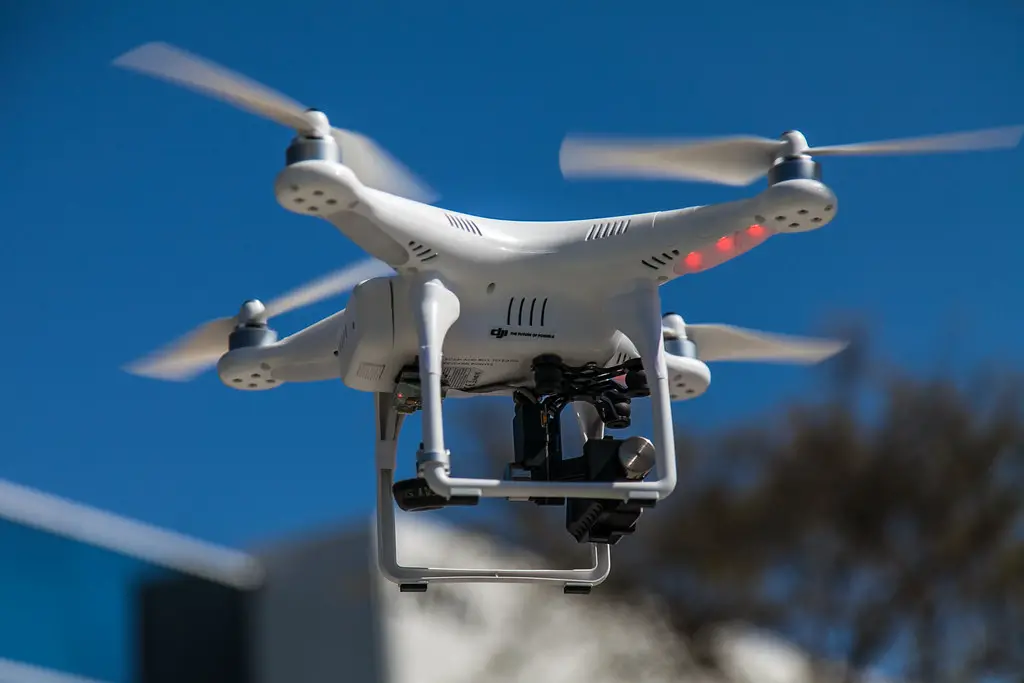
Flight Area Obstacles
Before taking off, look around your flight area for any potential obstacles such as trees, buildings, and power lines that could interfere with your flight or damage your drone. Maintain a buffer zone around these obstacles to ensure you have enough space to maneuver safely.
Safety Protocols: Preparing for the Worst
Every flight should be undertaken with the full awareness that unforeseen circumstances could arise. Your pre-flight protocol should include preparations for such events.
Emergency Procedures
Know how to respond to common in-flight issues like loss of control, low battery warnings, and malfunctions. Have a plan for bringing your drone back manually if necessary and practice emergency procedures, such as using the “return home” feature safely.
Flight Restrictions
Be aware of local aviation regulations, no-fly zones, and any current advisories related to drone operations. Staying informed about airspace restrictions and safety advisories is crucial for both your personal safety and ensuring you don’t accidentally cause a security breach.
Backup Equipment
Carrying backup batteries, propellers, and even an additional camera can save your day if something goes wrong with your primary gear. While it’s not always practical to carry a second drone, having key components as backups can be a lifesaver.
Conclusion
By adhering to a comprehensive pre-flight checklist, you are not only setting yourself up for a successful photography outing but also demonstrating a commitment to safety and professionalism. Remember, aerial photography with a drone isn’t just about the pictures you take, but also the responsibility you bear as a pilot. Make pre-flight checks a non-negotiable part of your routine, and enjoy your flights with the knowledge that you are prepared for anything. Safe flying!
In the dynamic world of drone technology, safety protocols and checklists will evolve along with the equipment itself. Staying updated with the latest best practices and new features of your drone is as important as checking off the items on this list. Now go forth, capture the world from new perspectives, and do so responsibly.
